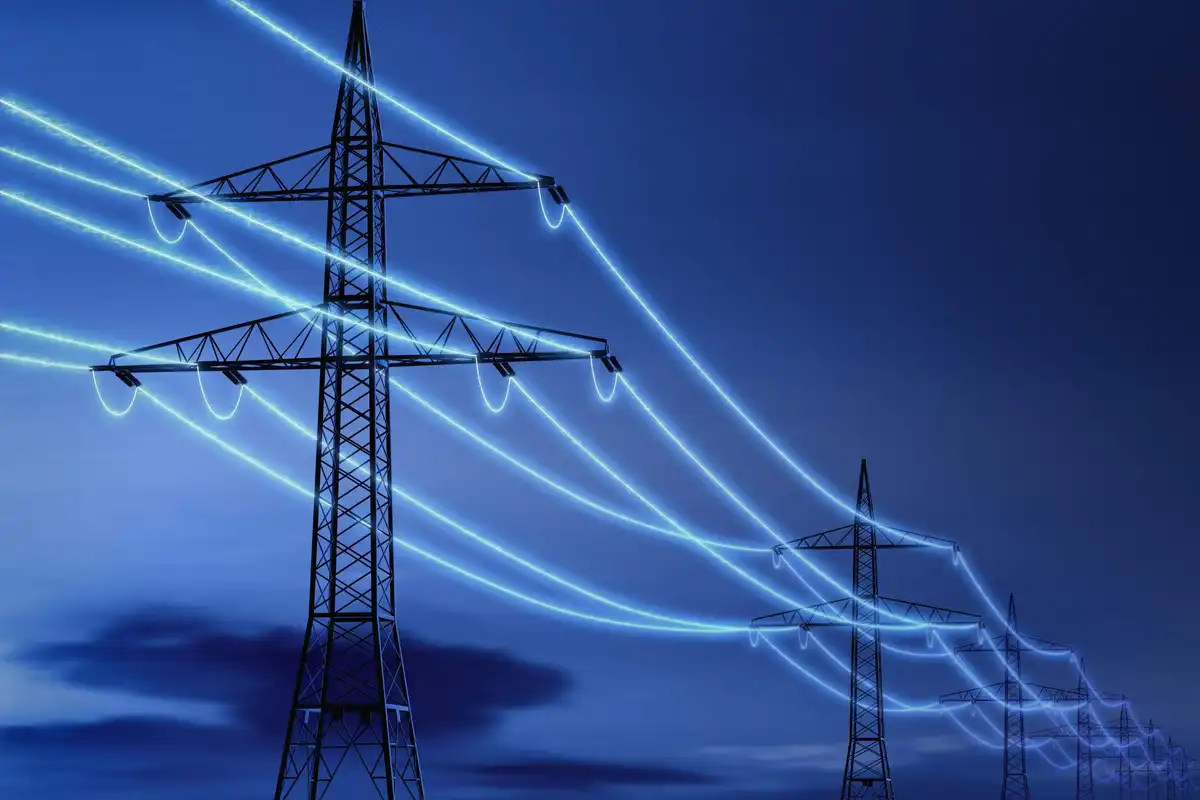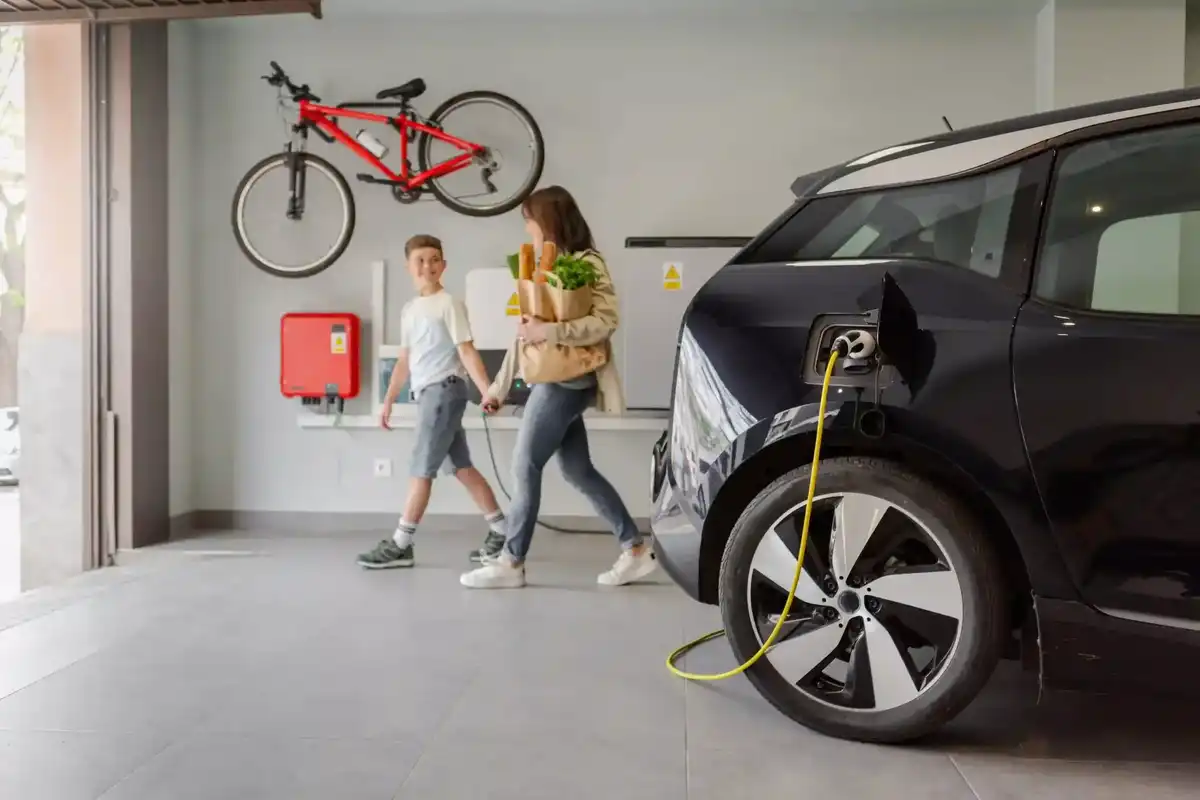The unregulated carbon dioxide removal industry is calling on the U.S. government to implement standards and regulations to boost transparency and confidence in the sector that's been flooded with billions of dollars in federal funding and private investment.
A report Wednesday by the Carbon Removal Alliance, a nonprofit representing the industry, outlined recommendations to improve monitoring, reporting, and verification. Currently the only regulations in the U.S. are related to safety of these projects. Some of the biggest industry players, including Heirloom and Climeworks, are alliance members.
“I think it’s rare for an industry to call for regulation of itself and I think that is a signal of why this is so important,” said Giana Amador, executive director of the alliance. Amador said monitoring, reporting and verification are like “climate receipts” that confirm the amount of carbon removed as well as how long it can actually be stored underground.
Without federal regulation, she said “it really hurts competition and it forces these companies into sort of a marketing arms race instead of being able to focus their efforts on making sure that there really is a demonstrable climate impact.”
The nonprofit defines carbon removal as any solution that captures carbon dioxide from the atmosphere and stores it permanently. One of the most popular technologies is direct air capture, which filters air, extracts carbon dioxide and puts it underground.
The Inflation Reduction Act and the Bipartisan Infrastructure Law have provided around $12 billion for carbon management projects in the U.S. Some of this funding supports the development of four Regional Direct Air Capture Hubs at commercial scale that will capture at least 1 million tons of carbon dioxide annually. Two hubs are slated to be built in Texas and Louisiana.
Some climate scientists say direct air capture is too expensive, far from being scaled and can be used as an excuse by the oil and gas industry to keep polluting.
Gernot Wagner, a climate economist at Columbia Business School at Columbia University, said this is the “moral hazard” of direct air capture — removing carbon from the atmosphere could be utilized by the oil and gas industry to continue polluting.
“It does not mean that the underlying technology is not a good thing,” said Wagner. Direct air capture “decreases emissions, but in the long run also extends the life of any one particular coal plant or gas plant.”
In 2023, Occidental Petroleum Corporation purchased the direct air capture company, Carbon Engineering Ltd, for $1.1 billion. In a news release, Occidental CEO Vicki Hollub said, “Together, Occidental and Carbon Engineering can accelerate plans to globally deploy (the) technology at a climate-relevant scale and make (it) the preferred solution for businesses seeking to remove their hard-to-abate emissions.”
Jonathan Foley, executive director of Project Drawdown, doesn't consider carbon dioxide removal technologies to be a true climate solution.
“I do welcome at least some interventions from the federal government to monitor and verify and evaluate the performance of these proposed carbon removal schemes, because it’s kind of the Wild West out there,” said Foley.
“But considering it can cost ten to 100 times more to try to remove a ton of carbon rather than prevent it, how is that even remotely conscionable to spend public dollars on this kind of stuff?” he said.
Katharine Hayhoe, chief scientist of The Nature Conservancy and a distinguished professor at Texas Tech University, said standards for the direct carbon capture industry “are very badly needed” because of the level of government subsidies and private investment. She said there's no single fix for the climate crisis, and many strategies are needed.
Hayhoe said these include improving the efficiency of energy systems, transitioning to clean energy, weaning the world off fossil fuels and maintaining healthy ecosystems to trap carbon dioxide. On the other hand, she said, carbon removal technologies are “very high hanging fruit.”
"It takes a lot of money and a lot of energy to get to the top of the tree. That’s the carbon capture solution,” said Hayhoe. “Of course we need every fruit on the tree. But doesn’t it make sense to pick up the fruit on the ground, to prioritize that?”
Other climate scientists are entirely opposed to this technology.
“It should be banned,” said Mark Z. Jacobson, professor of civil and environmental engineering at Stanford University.
Carbon removal technologies indirectly increase the amount of carbon dioxide in the atmosphere, Jacobson said. The reason, he said, is that even in cases where direct air capture facilities are powered by renewable energy, the clean energy is being used for carbon removal instead of replacing a fossil fuel source.
“When you just look at the capture equipment, you get a (carbon) reduction," Jacobson said. "But when you look at the bigger system, you’re increasing.”








 Air Liquide and Hyundai agreed to expand hydrogen refuelling networks, storage capacity and more at a meeting in Seoul last week. Photo courtesy Air Liquide.
Air Liquide and Hyundai agreed to expand hydrogen refuelling networks, storage capacity and more at a meeting in Seoul last week. Photo courtesy Air Liquide.
